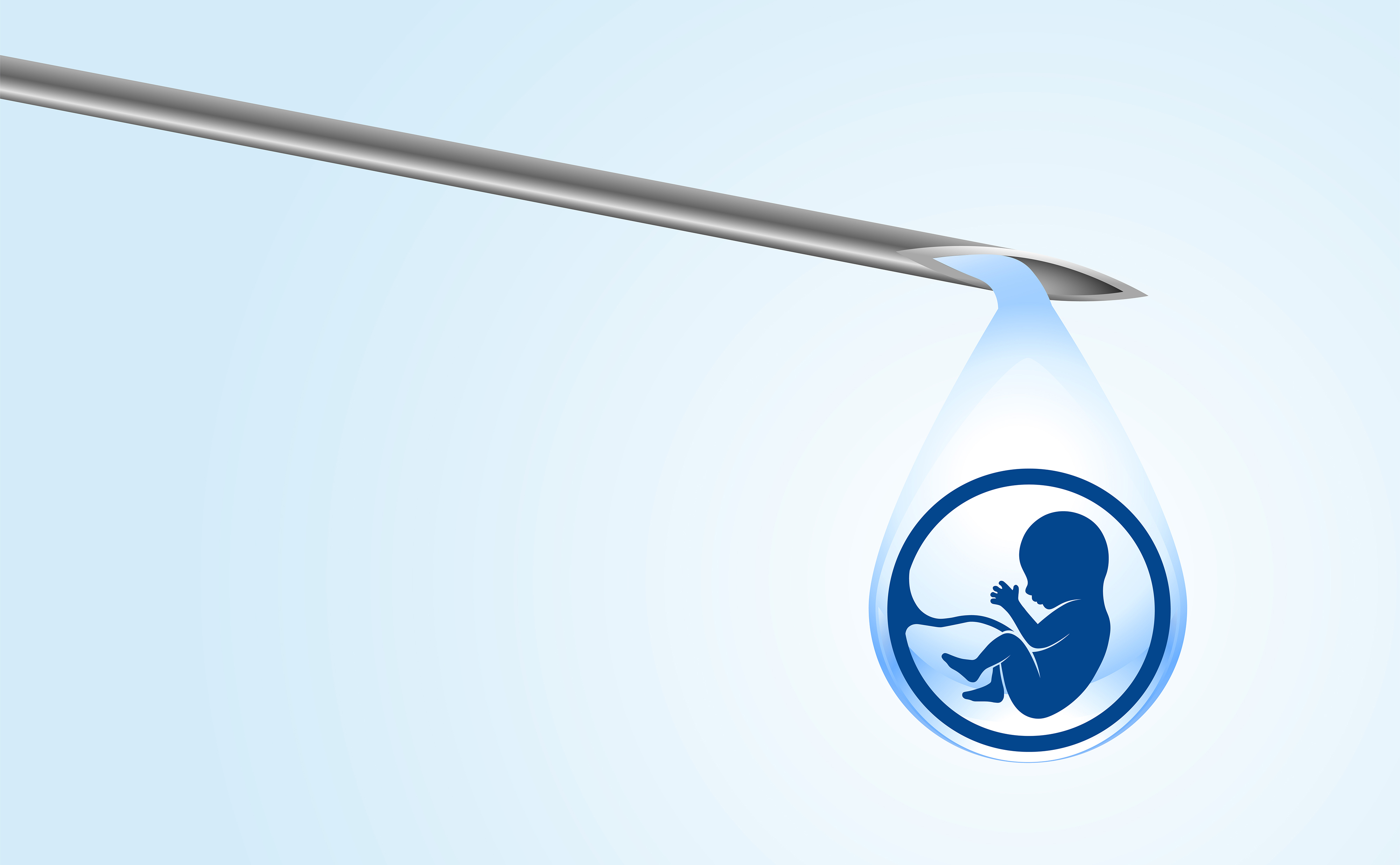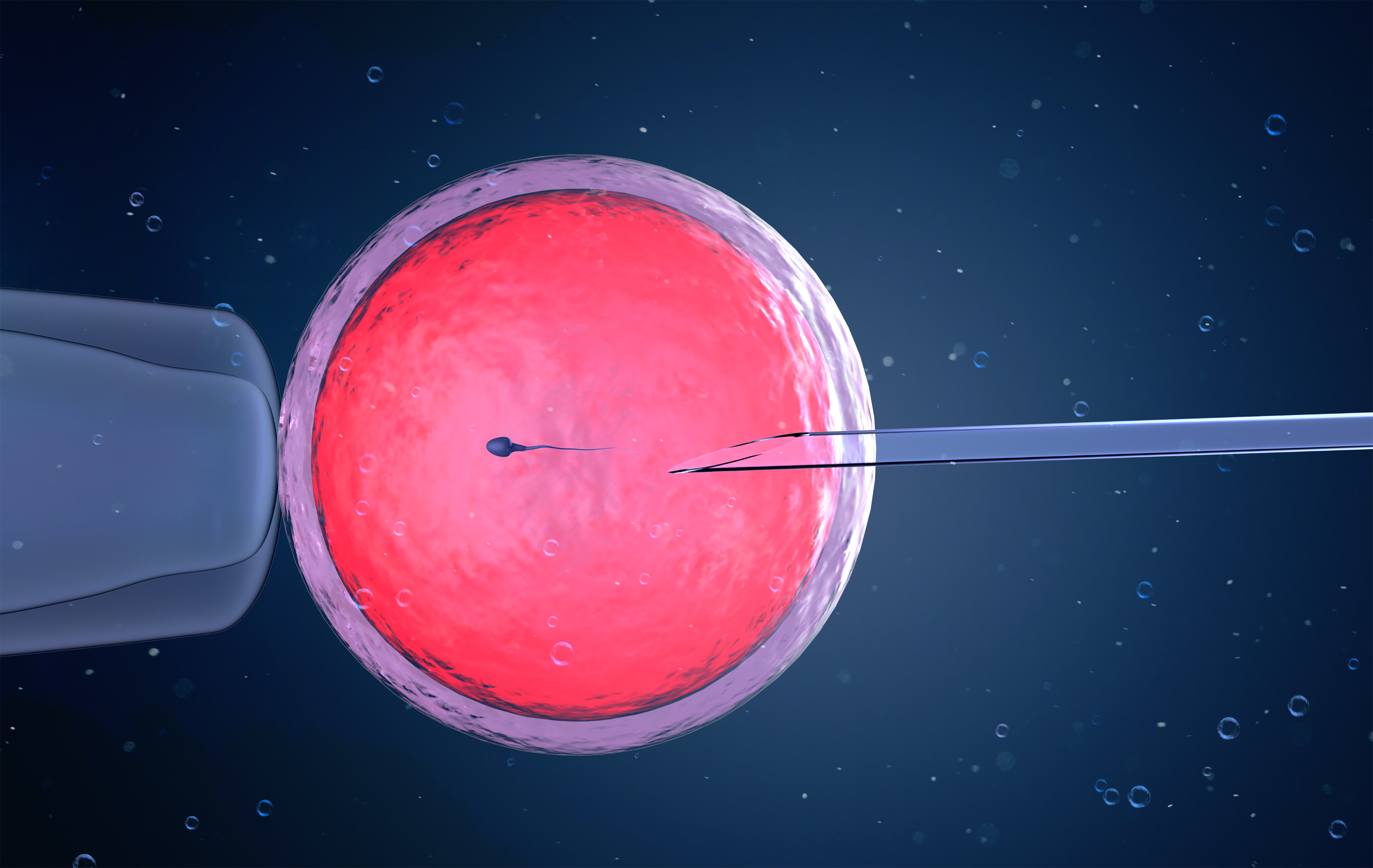
Single Embryo Transfer (SET): Everything You Need to Know
One embryo at a time can be transferred using SET-IVF. This significantly lowers the likelihood of getting pregnant with twins (or more) and the potential difficulties associated with higher-risk pregnancies and births. SET-IVF has also been demonstrated to increase the number of births for individuals who do not produce detectable amounts of sperm or eggs.
What is a Single Embryo Transfer?
Fertility specialists initially used multiple embryo transfers to increase success rates while In Vitro Fertilization (IVF) technology was still in the beginning stages. This was a tool used by most clinics to give couples who were eager to have a child hope. One significant disadvantage of the surgery was that it increased the likelihood of multiple pregnancies. Because they believed that IVF would inevitably produce twins, several couples even became afraid of it.

Reproductive specialists can now select one embryo with a higher pregnancy success rate than others and transfer it to the uterus using Single Embryo Transfer IVF technique. In a lab, the experts subsequently freeze more viable embryos for later use.
The Technology behind Single Embryo Transfers
Professionals have identified, implanted, and preserved viable embryos for conception by combining many advances in Assisted Reproductive Technology (ART). The following procedures are part of the Single Embryo Transfer technology:
At this stage, professionals select high-quality embryos while observing the ones they must transfer. The success rate of IVF Single Embryo Transfers and the effectiveness of each embryo chosen to be preserved for later use are increased by extended embryo culture.
Choosing the embryos that have the best chance of becoming pregnant without removing them from their incubators is a procedure called Early Embryo Viability Assessment. At this point, embryologists keep a close eye on the embryos to determine which ones are dividing normally.
Depending on the number of chromosomes, embryologists filter out low-quality embryos during PGT-A. It is believed that embryos with a normal chromosome count will increase the likelihood of a successful pregnancy.
Healthy embryos are frozen and preserved in a laboratory process called vitrification. Later, fertility specialists can perform IVF treatments using a single embryo at a time.
Benefits of Single Embryo Transfer IVF for Both Mother and Baby
Before the existence of Elective Single Embryo Transfer (eSET), experts relied on multiple embryo transfers to increase IVF success rates.
Having more than one baby at a time tends to result in premature birth and low birth weight, both of which can impact the health and development of the baby. Such infants may require special post-delivery medical care and might suffer from long-term issues such as developmental delays.
By opting for a single embryo transfer (SET), parents enhance the chances of having a healthy, full-term child with fewer complications.
Single embryo transfer significantly reduces the risk of multiple pregnancies, which are associated with higher risks of complications for both mother and babies.
With every additional fetus, the risk of complications rises. These include diabetes, preeclampsia, premature labor, and placental problems. Women over 35 are especially vulnerable.
Single embryo transfer significantly reduces these risks by limiting pregnancy to one fetus, leading to better maternal health and lower stress levels.
Single embryo transfer (SET) is not only excellent in its outcomes but is also more cost-effective than double embryo transfer (DET). According to research, SET delivers an equivalent live birth rate while saving healthcare expenses and the psychological, physical, and financial costs of multiple births.
Check out more Informative Videos on our YouTube Channel:
Conclusion
When assisted reproductive technology (ART) was in its initial stages, multiple embryo transfer was practiced because of low success rates and a high probability of multiple high-risk pregnancies. Single embryo transfer (SET) is now accepted as the safest and most effective method, making it possible to attain a healthy, full-term pregnancy with a guarantee for the health of both mother and child. Elective single embryo transfer (eSET) at Vriksh Fertility involves the use of advanced laboratory procedures to enhance success while keeping risks at an absolute minimum.
